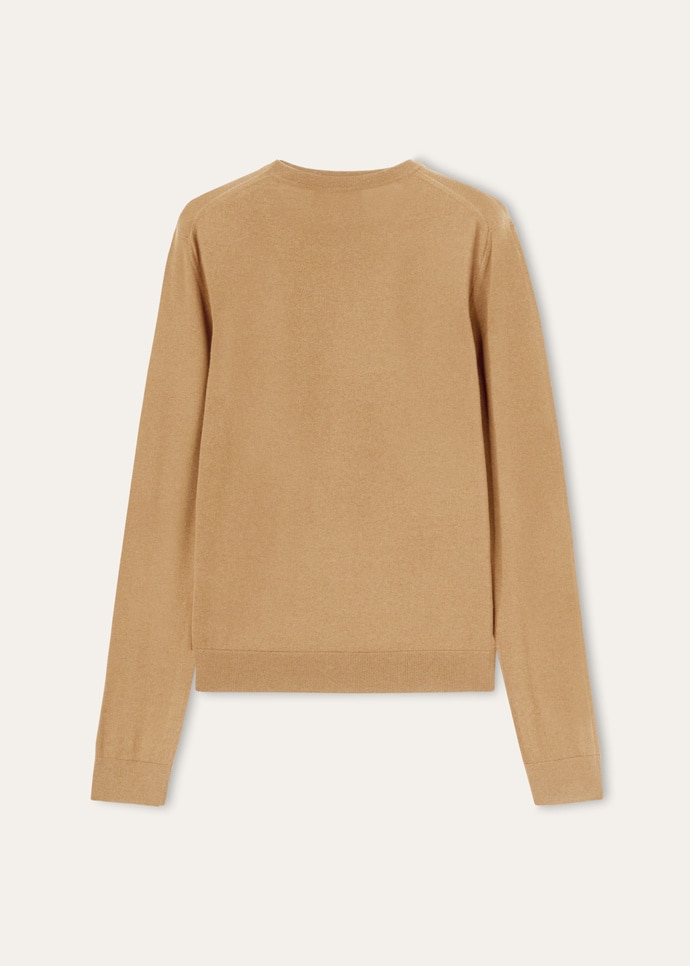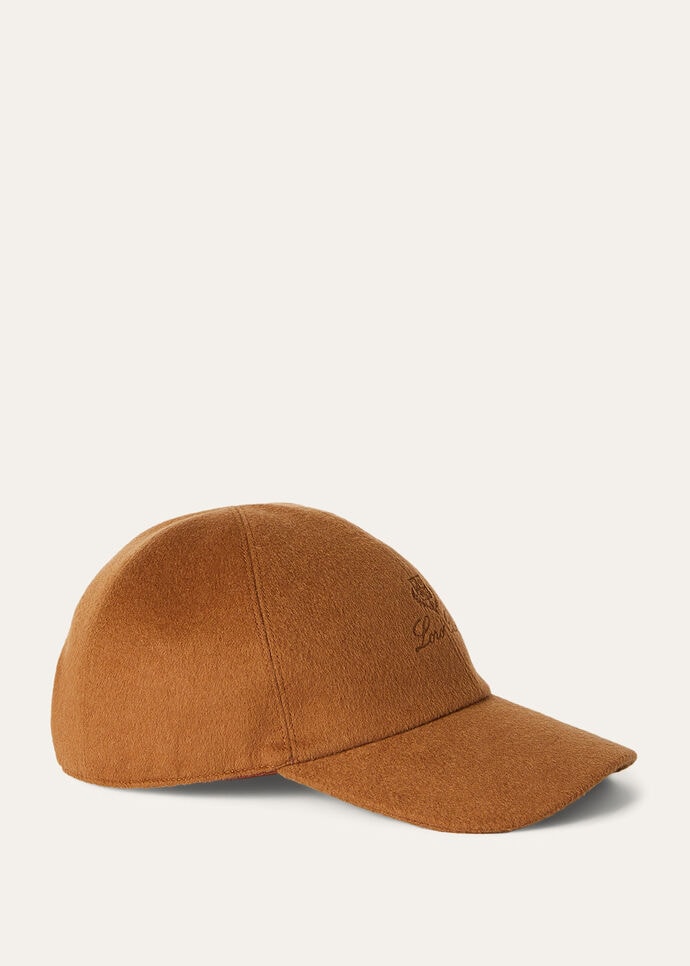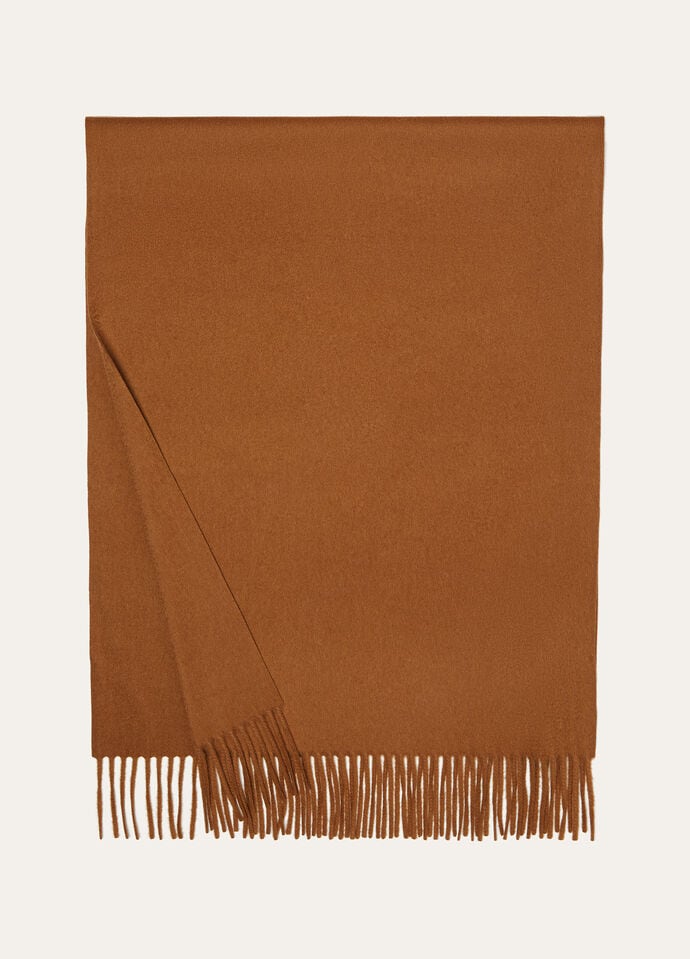Most searched products
Select your signature hue
Select your signature hue
You looked for these products
Our recommendations
Season suggestion






